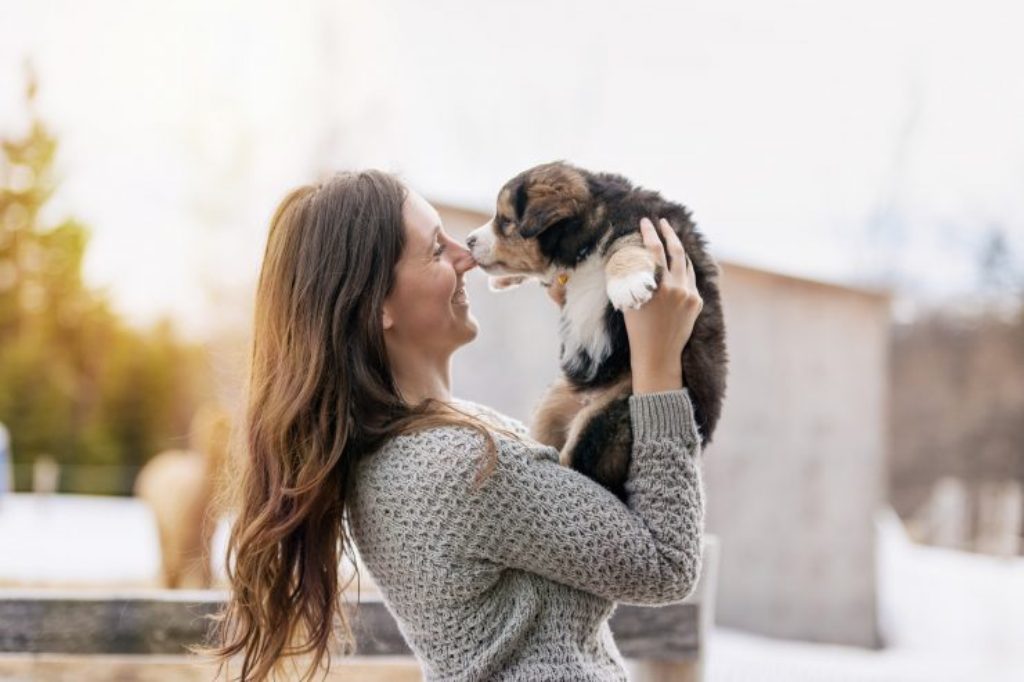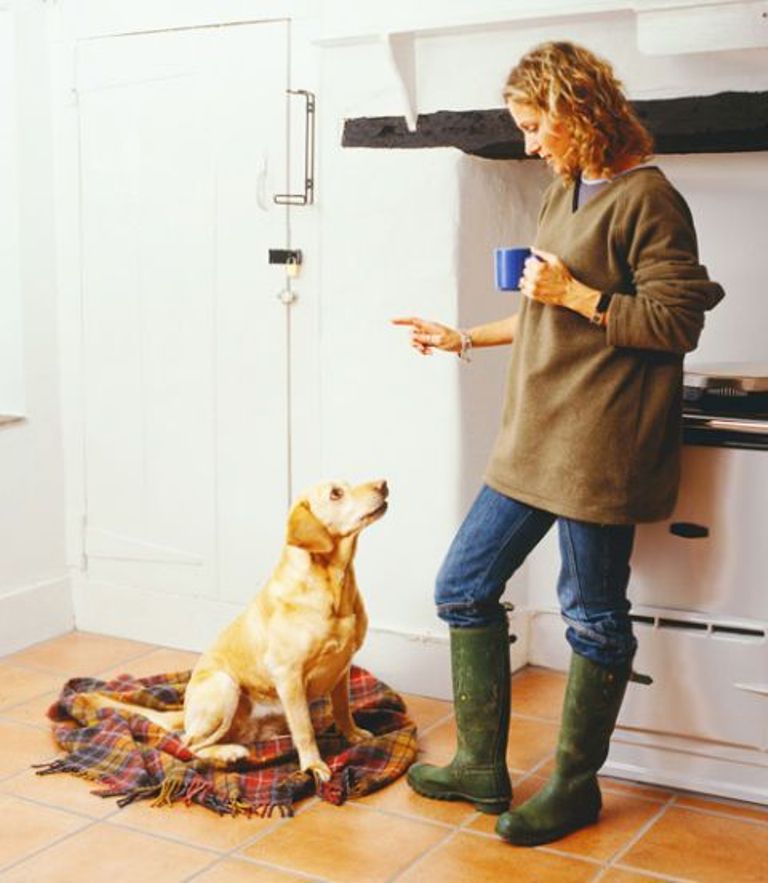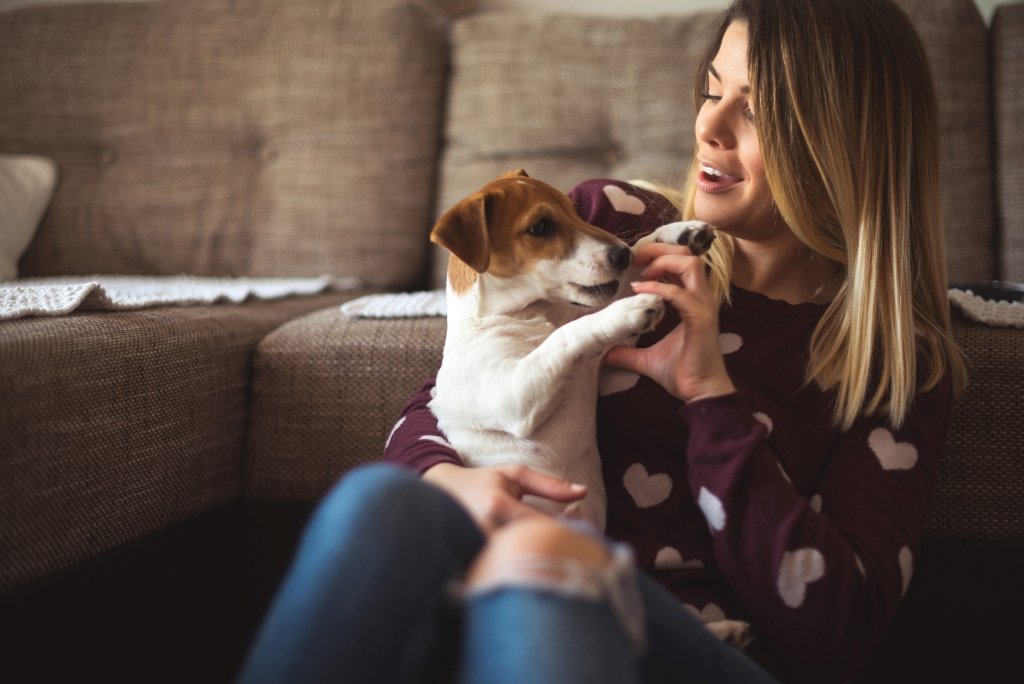To say that your home life has changed with the addition of your dog to your home is an understatement. Sure, there have been a few challenges at the beginning. Now, you can’t imagine life with your furry pal.
What else could top off the experience of having a dog? A new puppy in the household?
Before you contact a dog food delivery service for puppy food or before you browse for dog tags online, be aware that adding a new dog to your household when you currently have one is by no means an easy task.
Here are a few essential things to consider before making the big decision of adopting a new dog.
Set realistic expectations
Some dog owners believe that all it takes is to bring a new puppy home, and everything will work itself out.

On the contrary, that does not happen in all situations. Older dogs are rarely enthused with the prospects of puppies staying in their homes. It is also fairly normal for your adult dog to growl or move away from your home’s new resident.
Preparing the introduction
If you have decided that you are up to the challenge of adding a new pet to your home as well as all the tasks involved in introducing your current canine resident to the new one, there are a few things that you need to do.
Start by putting away your dog’s treats and toys. Bringing a new dog to your home can trigger your pet’s territorial instincts, and the presence of your canine’s stuff can heighten those instincts.
Next, make sure that both dogs have their own space where they can go away from each other.
It will also be beneficial if both dogs to have updated vaccinations.
Find a neutral zone
Bringing a new pet into your home can also trigger your older dog’s territorial behavior. As such, do not introduce the two canines inside your home. Instead, find a neutral area like a park.
The older dog should be leashed while another person holds the puppy. Allow both canines to sniff each other out as a form of introduction.
While both dogs get acquainted with one another, remain calm. Dogs can sense your anxiety and can become stressed during the introduction. Dogs often refer to their humans in judging how to react to a situation.

This initial introduction should be brief.
Monitoring your home’s canine residents
During the first week of introducing a puppy to your home, you have to make sure that there is no disruption to your older dog’s routine. This is also the perfect time to establish a routine for the younger dog.
Continuously monitor the interaction of the two dogs, especially the older one’s body language. Specifically, watch out if your older dog snarls, raises its fur, growls, displays its teeth, or hunches its back. These are signs of aggression that you should watch out for.
As for the younger dog, try to prevent him from triggering the older dog’s aggression. Puppies have poor social skills and do not know how to engage with other dogs properly. He may want to play with your older dog, but his actions can irritate the latter.
Apart from watching your older dog’s body language, there are a few essential things that you need to do while monitoring the initial interactions of your two pets.
Do not let your older dog bully or fight with your puppy. Allow your older dog to become comfortable with your home’s new resident. That means that these interactions shouldn’t be forced. Give each dog their respective space. They shouldn’t share crates. Feed each one separately to avoid triggering your older dog’s territorial behavior.
If you cannot monitor the two dogs, make sure that you separate each other by putting the other in his crate or another room or just by using a baby gate.
Don’t punish your older dog
It may take some time before your older dog warms up to your puppy. During this period, he may exhibit aggressive behavior. Act fast and curb this.
However, do not punish your older canine. In some instances, actions like growling are a sign that your puppy is crossing a line in his interaction with the older dog. In such a situation, you should be more hands-on in the supervision of your two pets.
But you shouldn’t focus too much on looking for bad behavior that you miss out on the good ones. How, exactly, do you know if your two pets are getting along well?

When your two dogs are getting along well, you will notice that both of them perform what is known as a play bow. A play bow is a gesture wherein a dog’s tail is raised while his front paws move down. This is an invitation to play.
Another positive sign that your pets are warming up to one another is yawning. A dog yawns when it wants the other dog to know that it isn’t a threat.
When your puppy learns its place in your household and defers to the older dog, it will exhibit behavior like rolling on its back and licking the face of your older dog.
All worth it
Adopting a puppy has its own challenges. But those challenges can be compounded when you already have a dog. With time, patience, and a watchful eye, your two dogs will eventually get along with each other well. And when that happens, all your hard work will pay off.
AUTHOR BIO
Farah Al-Khojai is the Managing Partner of Pet’s Delight. A passionate entrepreneur, Farah holds a Bsc in Government from the London School of Economics. She is always on the lookout for new opportunities to develop and grow the pet and equestrian retail and wholesale market in the UAE and beyond, and is proud to be at the helm of the first and the largest pet care provider in the market representing world-class brands including Orijen, Applaws, Hunter, Savic, Flamingo, Ruffwear and Rogz.





